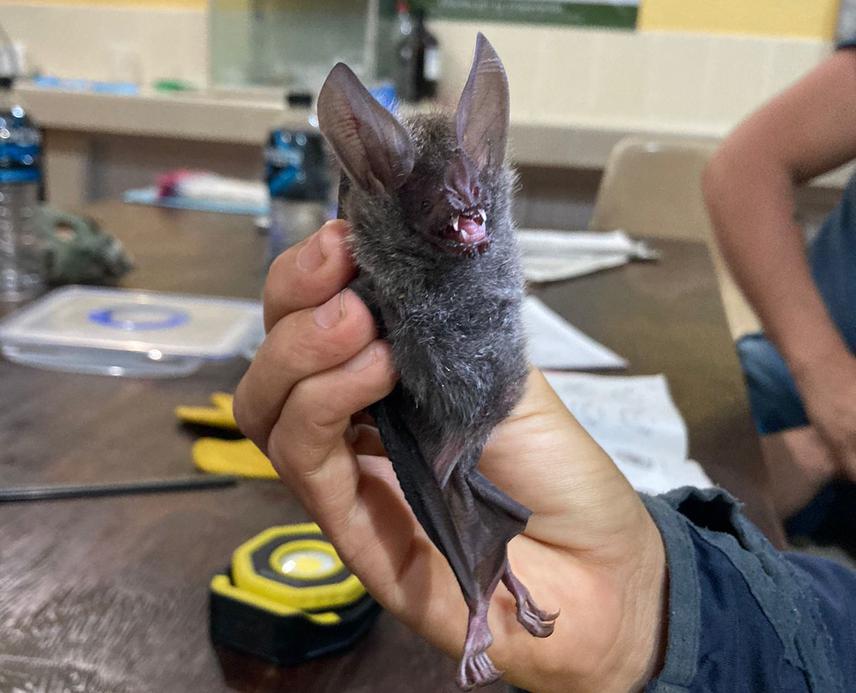Luis Carlos Beltrán Lacouture
Other projects
25 Jun 2019
Tropical Forest Restoration: Evaluating the Return of Biodiversity, Forest Structure, and Ecosystem Processes to a Fragmented Tropical Landscape
Our project focuses on evaluating the development of plant-disperser networks during ecological succession in a 16-year-old tropical restoration experiment. To appreciate the significance of this research, it is essential to consider some context: (1) most tropical forests today exist in a fragmented state, separated mainly by agricultural lands, and (2) the dispersal of most tropical tree species is predominantly biotic. This effectively means that to achieve high-quality and long-term restoration we need to provide designs compatible with local fauna and local landowners and their economic needs. Establishing forest patches within the agricultural landscape is one effective design, but there are still critical questions regarding how the design of such patches influences the behavior of disperser animal species, and how these in turn influence the recruiting plant community.

A fringe-lipped bat (Trachops cirrhosis) visited our mist nets! This species is an opportunistic omnivore who does not shy away from large prey like lizards and frogs!
The experiment consists of 24 plots, each measuring 30 x 30 meters, arranged in a 3 x 8 grid on a slope (200 to 400 meters above sea level) in Los Tuxtlas, Veracruz, Mexico. The plots are divided into three treatments: 8 unplanted plots favoring natural succession, 8 plots planted with 12 animal-dispersed species, and 8 plots planted with 12 wind-dispersed species. Since 2007, we have been conducting plant and animal censuses.
To address questions about plant-disperser networks, we will conduct new censuses in 2023. Plant censuses involve collecting simple data such as diameter and species identification. For the animal censuses, we will focus on birds and bats, using mist nets during fruiting peaks (April-May and August-September). Birds will be identified to species, weighed, and, if possible, fecal samples will be obtained to identify the seeds they disperse. Similarly, bat sampling will occur at night. We will identify bat species, weigh them, assess reproductive state, and collect fecal samples if possible.
The combination of plant censuses and seed identification in fecal samples will enable us to construct plant-disperser networks. In addition to our research, we plan to conduct a workshop on local bat natural history for the Balzapote community in Los Tuxtlas. This workshop aims to raise awareness about the critical role of bats as seed dispersers and promote their conservation.
In conclusion, our project seeks to shed light on the dynamics of plant-disperser networks in a tropical restoration setting. By providing evidence-based insights into the impact of initial design on these networks, we hope to offer valuable recommendations for future restoration endeavors while also engaging local communities in conservation efforts.
Header: The stub-tailed spadebill (Platyrinchus cancrominus) is a species with a declining population due to deforestation in Mesoamerica, although the IUCN currently lists it as LC. Its presence in restored forest patches is welcome!